Coding is not just going to the computer and starting to type in the scripts.
Programming/Coding requires a well thought out and written plan. It requires a clear algorithm or flowchart to follow through while writing the scripts.
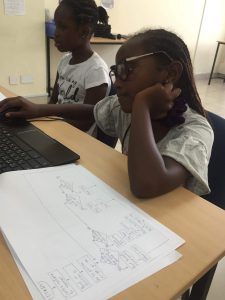
An algorithm is a computer procedure which is like a recipe, that tells your computer precisely what steps to take in order to solve a problem or reach a goal.
A flowchart, on the other hand, is used in designing and documenting simple processes or programs.
Today we look at how our Tinker Education coding classes accomplish their mission projects with the help of flowcharts and algorithms.
i:Block 1: These are Tinker’s youngest students, between the ages of 5-7 years. Before coding, they write down their ideas on paper first. This gives them a chance to think critically about which block functions will be needed for coding.
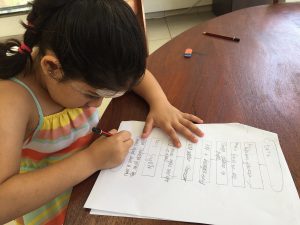
i:Code 1: These are stage 2 students aged 8-10 years. Their projects are more advanced than that of the juniors, therefore their flowchart is more detailed. Drawing a flowchart enables them to find possible bugs (errors) in their script and be able to debug before starting to code on the laptop.
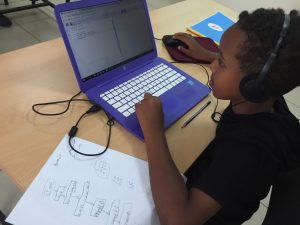
i:Imagine 1: Lastly, we have the Python class, aged between 11-15 years. Students use text-based coding at this stage, and therefore spelling and punctuation must be carefully typed. Flowcharts at this level acts as a blueprint to help them visualize their results, remove any small flaws within the code and develop the design.
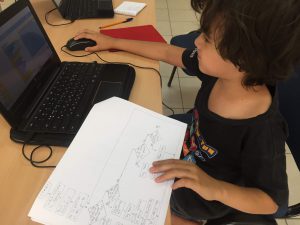
Application of flowcharts in real life is found in business and in the home. When setting up a new company, stakeholders plan the business model and document processes before establishing a work system. Flowcharts can also be applied to meal preparation when determining what ingredients to buy and the recipe for cooking certain delicacies.


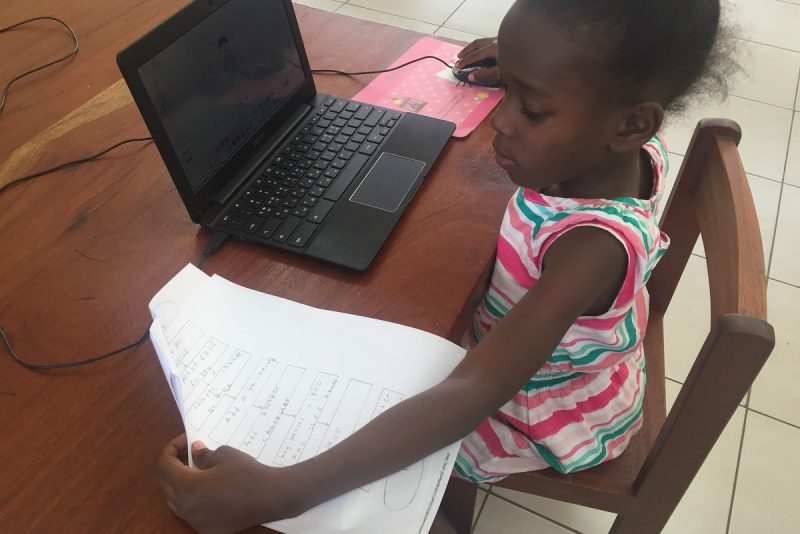
Leave A Comment